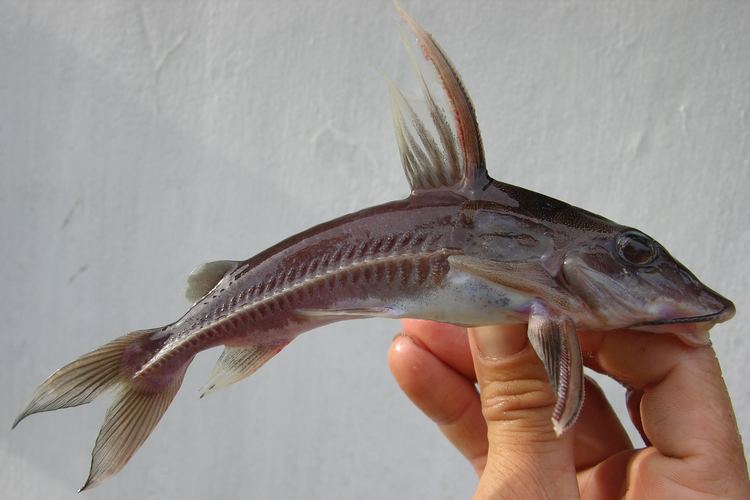Scientific name Doradidae Higher classification Doradoidea Order Catfish | Superfamily Doradoidea | |
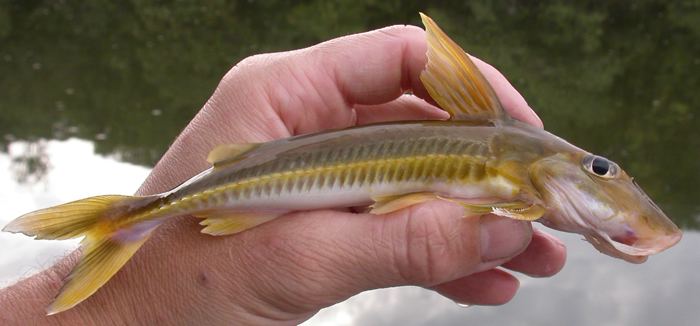 | ||
Lower classifications Platydoras, Striped Raphael catfish, Agamyxis, Agamyxis pectinifrons, Acanthodoras | ||
Doradidae breeding results hd hd
The Doradidae are a family of catfishes also known as thorny catfishes or talking catfishes. These fish are native to South America, primarily the Amazon basin and the Guianas.
Contents
- Doradidae breeding results hd hd
- Collecting some doradidae catfishes in peru
- Taxonomy
- Distribution
- Appearance and anatomy
- References

Doradids are omnivorous.
Collecting some doradidae catfishes in peru
Taxonomy
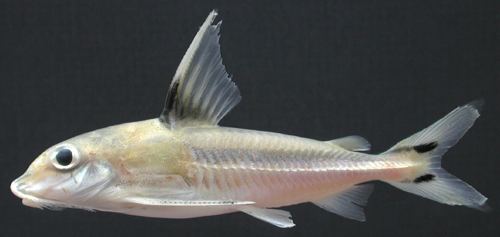
As of 2007, 31 genera and 78 species are in this family. Wertheimeria is considered to be the sister taxon to all other doradids. This family is monophyletic and contains the subfamilies Platydoradinae, Doradinae, and Astrodoradinae, though their relationships are mostly unresolved. The Astrodoradinae contain the genera Amblydoras, Anadoras, Astrodoras, Hypodoras, Merodoras, Physopyxis, and Scorpiodoras.
Distribution
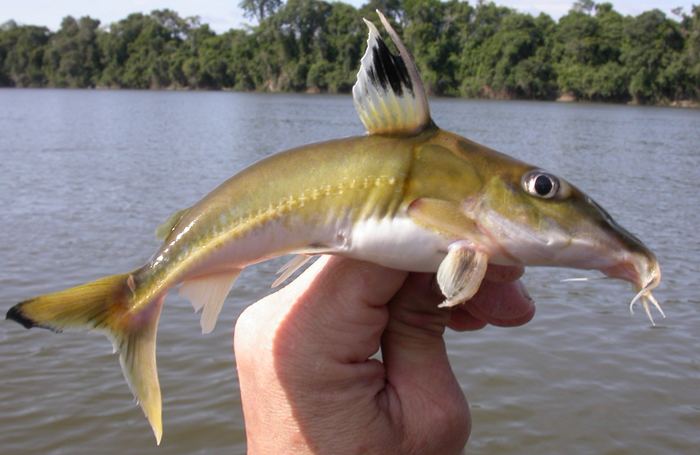
Doradids occur in most South American basins, though they are absent from the Pacific Coast drainages and from coastal drainages south of the Río de la Plata. About 70% of the valid species occur in the Amazon basin; the Orinoco basin harbors about 22 species and ranks second in species richness. Conversely, only two species of doradids have been described from Brazilian eastern coastal basins: Wertheimeria maculata from the Jequitinhonha and Pardo rivers and Kalyptodoras bahiensis from the Paraguaçu River.
Appearance and anatomy
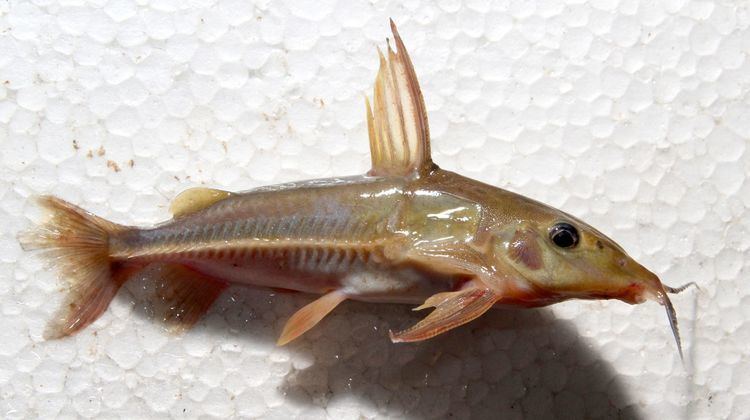
Doradids are easily recognized by a well-developed nuchal shield in front of the dorsal fin, as well as well-developed bony lumps along the lateral line that form thorny scutes. Also, doradids typically have three pairs of barbels (no nasal barbels), an adipose fin, and four to six rays on the dorsal fin with a spine on the anterior (first) ray. These fish are sometimes called "talking catfish" because of their ability to produce sound by moving their pectoral spine or vibrating their swim bladder. Sizes range from 3.5 cm (1.4 in) SL in Physopyxis lyra to 120 cm (47 in) FL and 20 kg (44 lb) in Oxydoras niger.
